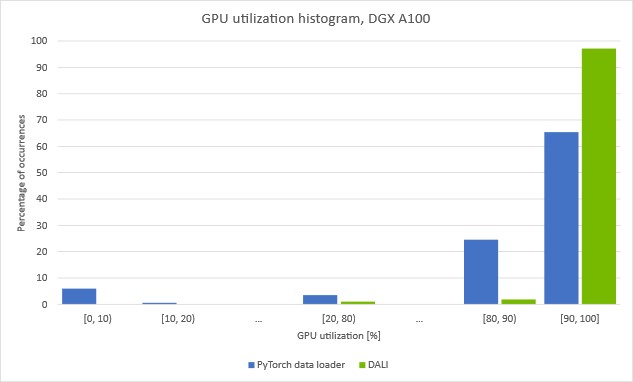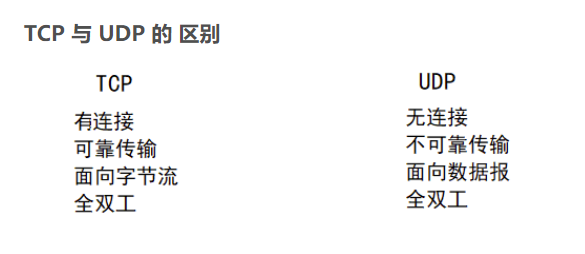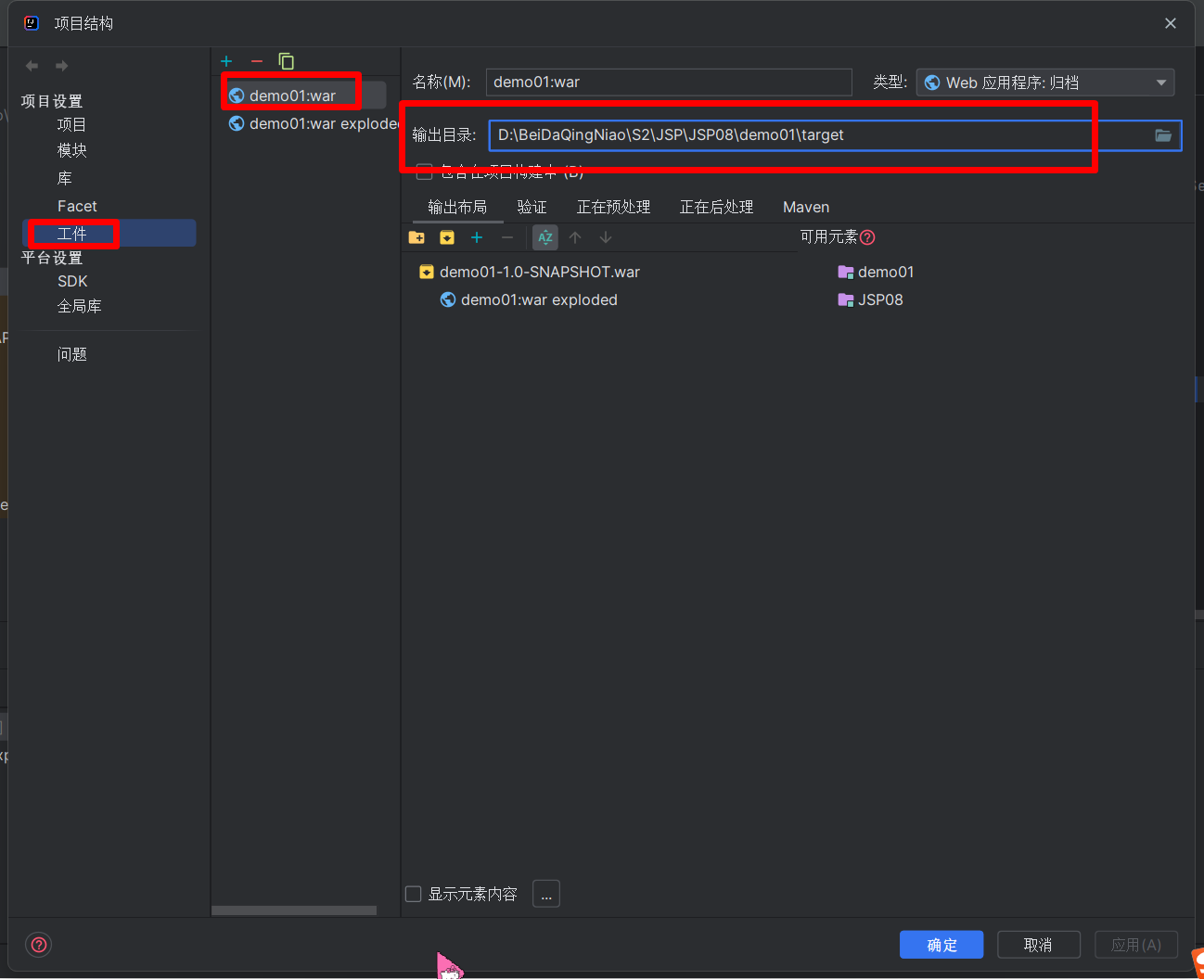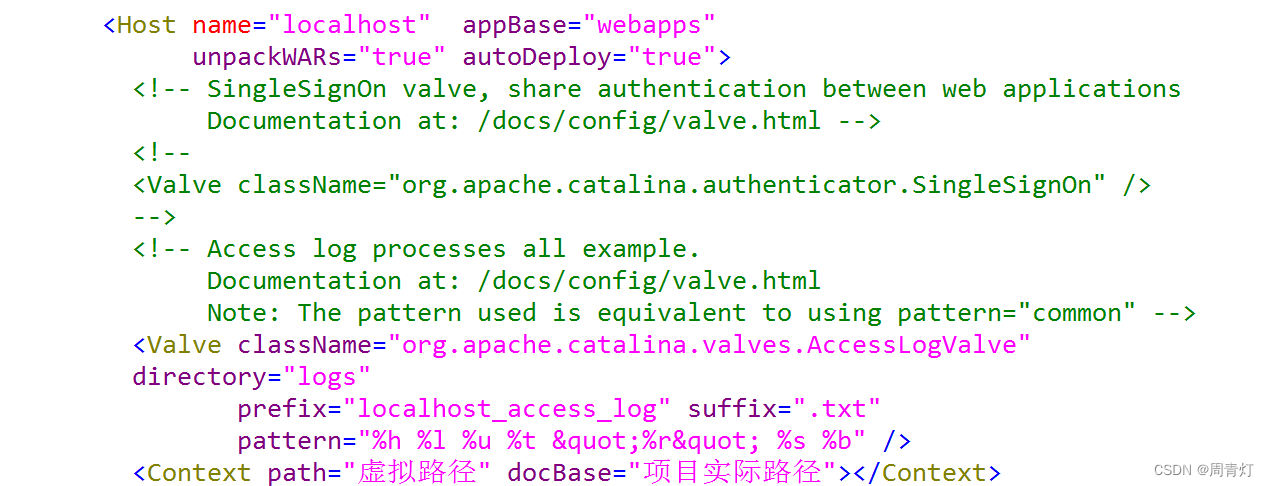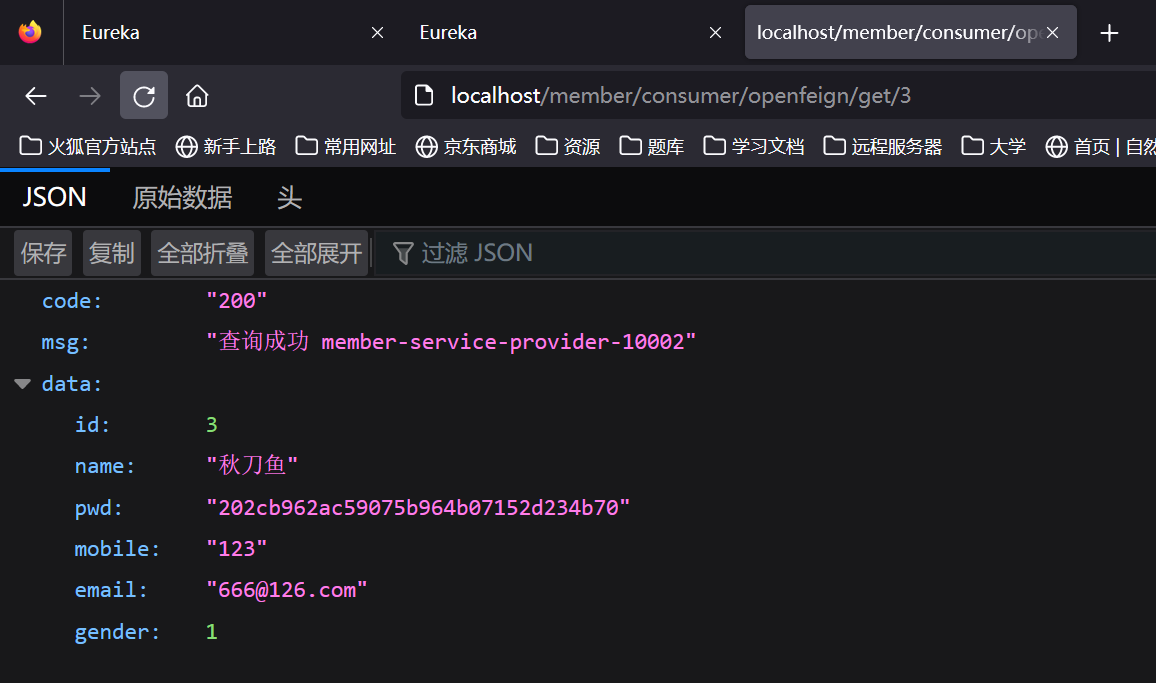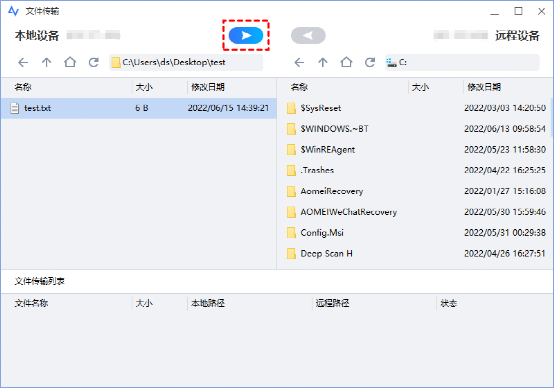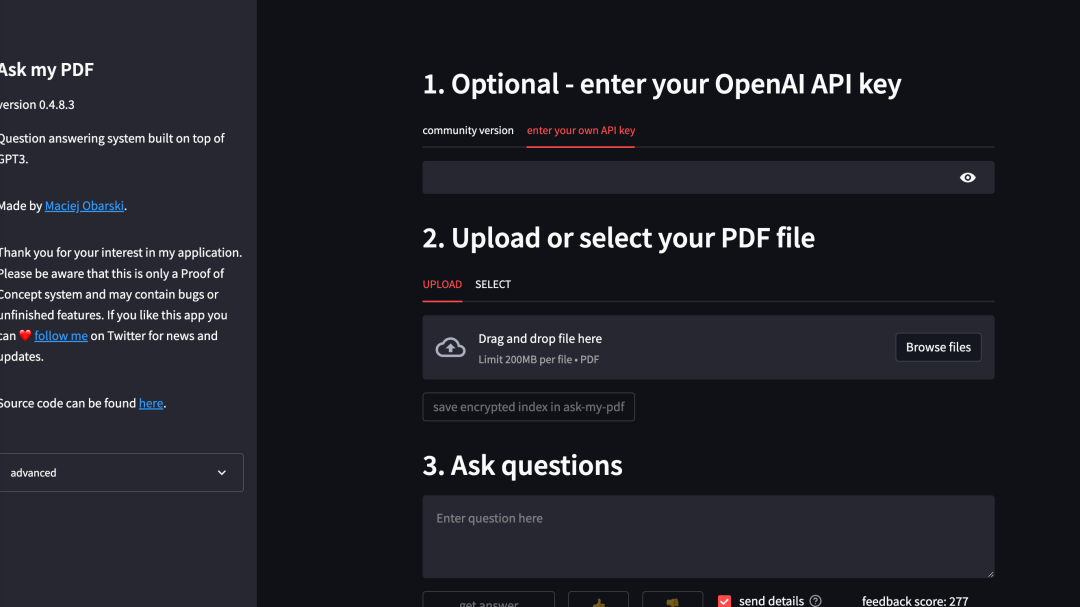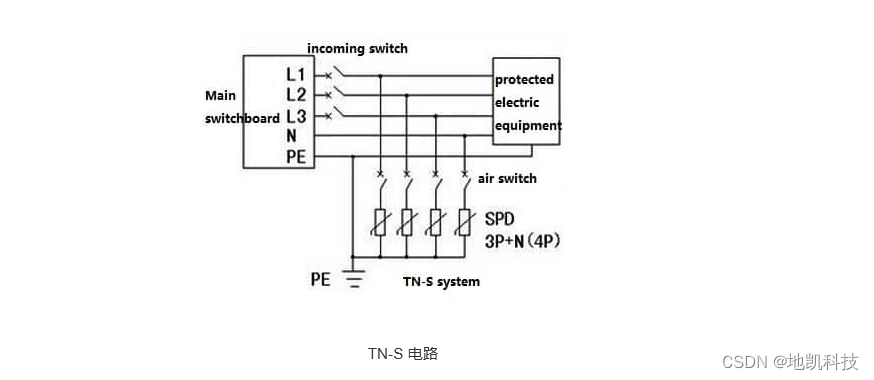04 【计算属性 侦听属性】
1.计算属性
1.1插值语法实现
<title>姓名案例_插值语法实现</title>
<div id="root">
姓:<input type="text" v-model="firstName"> <br/>
名:<input type="text" v-model="lastName"> <br/>
全名:<span>{{ firstName }}-{{ lastName }}</span>
</div>
<script type="text/javascript">
Vue.config.productionTip = false
new Vue({
el:'#root',
data:{
firstName:'张',
lastName:'三'
}
})
</script>

1.2method实现
数据发生变化,模板就会被重新解析
<title>姓名案例_methods实现</title>
<div id="root">
姓:<input type="text" v-model="firstName"><br/>
名:<input type="text" v-model="lastName"><br/>
全名:<span>{{ fullName() }}</span>
</div>
<script type="text/javascript">
Vue.config.productionTip = false
new Vue({
el: '#root',
data: {
firstName: '张',
lastName: '三'
},
methods: {
fullName() {
return this.firstName + '-' + this.lastName
}
},
})
</script>
1.3computed实现
- 定义:要用的属性不存在,要通过已有属性计算得来
- 原理:底层借助了
Objcet.defineProperty方法提供的getter和setter - get函数什么时候执行?
- (1).初次读取时会执行一次
- (2).当依赖的数据发生改变时会被再次调用
- 优势:与methods实现相比,
内部有缓存机制(复用),效率更高,调试方便 - 备注:
- 计算属性最终会出现在
vm上,直接读取使用即可 - 如果计算属性要被修改,那必须写
set函数去响应修改,且set中要引起计算时依赖的数据发生改变 - 如果计算属性确定不考虑修改,可以使用计算属性的简写形式
- 计算属性最终会出现在
完整写法
<!-- 准备好一个容器-->
<div id="root">
姓:<input type="text" v-model="firstName">
名:<input type="text" v-model="lastName">
全名:<span>{{fullName}}</span>
</div>
<script>
const vm = new Vue({
el:'#root',
data:{
firstName:'张',
lastName:'三',
}
computed:{
fullName:{
//get有什么作用?当有人读取fullName时,get就会被调用,且返回值就作为fullName的值
//get什么时候调用?1.初次读取fullName时。2.所依赖的数据发生变化时。
get(){
console.log('get被调用了')
return this.firstName + '-' + this.lastName
},
//set什么时候调用? 当fullName被修改时。
// 可以主动在控制台修改fullName来查看情况
set(value){
console.log('set',value)
const arr = value.split('-')
this.firstName = arr[0]
this.lastName = arr[1]
}
}
// 简写
/* fullName(){
return this.firestName + "-" + this.lastName;
} */
}
})
</script>
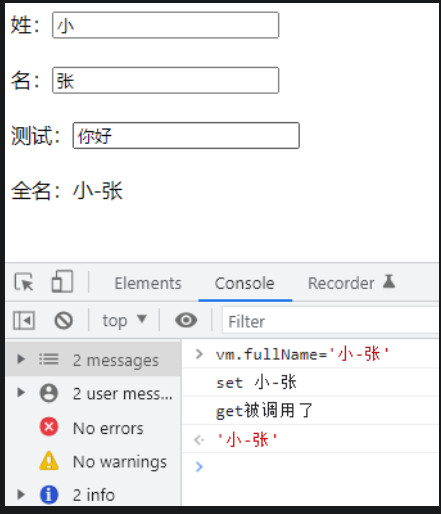
简写
<!-- 准备好一个容器-->
<div id="root">
姓:<input type="text" v-model="firstName">
名:<input type="text" v-model="lastName">
全名:<span>{{fullName}}</span>
</div>
<script>
const vm = new Vue({
el:'#root',
data:{
firstName:'张',
lastName:'三',
}
computed:{
fullName() {
console.log('get被调用了')
return this.firstName + '-' + this.lastName
}
}
})
</script>
读取fullName时会自动调用get方法
1.4method和computed区别
<title>姓名案例_methods实现</title>
<div id="root">
姓:<input type="text" v-model="firstName"><br/>
名:<input type="text" v-model="lastName"><br/>
全名:<span>{{ fullName() }}</span>
全名:<span>{{ fullName() }}</span>
全名:<span>{{ fullName() }}</span>
</div>
<script type="text/javascript">
Vue.config.productionTip = false
new Vue({
el: '#root',
data: {
firstName: '张',
lastName: '三'
},
methods: {
fullName() {
return this.firstName + '-' + this.lastName
}
},
})
</script>
如果只使用一次,其实没什么区别。
使用多次的时候,method每次都会重新调用,而computed会从缓存中读取。
2.侦听属性
2.1method实现
<div id="root">
<h3>今天天气很{{ info }}</h3>
<!-- 绑定事件的时候:@xxx="yyy" yyy可以写一些简单的语句 -->
<!-- <button @click="isHot = !isHot">切换天气</button> -->
<button @click="changeWeather">切换天气</button>
</div>
<script type="text/javascript">
Vue.config.productionTip = false
const vm = new Vue({
el:'#root',
data:{
isHot:true,
},
computed:{
info(){
return this.isHot ? '炎热' : '凉爽'
}
},
methods: {
changeWeather(){
this.isHot = !this.isHot
}
}
})
</script>

2.2watch实现
监视属性watch:
- 当被监视的属性变化时, 回调函数自动调用, 进行相关操作
- 监视的属性必须存在,才能进行监视,既可以监视
data,也可以监视计算属性 - 配置项属性
immediate:false,改为 true,则初始化时调用一次handler(newValue,oldValue) - 监视的两种写法:
- (1).new Vue时传入watch配置
- (2).通过vm.$watch监视
第一种写法
<!-- 准备好一个容器-->
<div id="root">
<h2>今天天气很{{ info }}</h2>
<button @click="changeWeather">切换天气</button>
</div>
<script>
const vm = new Vue({
el:'#root',
data:{
isHot:true,
},
computed:{
info(){
return this.isHot ? '炎热' : '凉爽'
}
},
methods: {
changeWeather(){
this.isHot = !this.isHot
}
},
watch:{
isHot:{
immediate: true, // 初始化时让handler调用一下
// handler什么时候调用?当isHot发生改变时。
handler(newValue, oldValue){
console.log('isHot被修改了',newValue,oldValue)
}
}
}
})
</script>
第二种写法
<!-- 准备好一个容器-->
<div id="root">
<h2>今天天气很{{ info }}</h2>
<button @click="changeWeather">切换天气</button>
</div>
<script>
const vm = new Vue({
el:'#root',
data:{
isHot:true,
},
computed:{
info(){
return this.isHot ? '炎热' : '凉爽'
}
},
methods: {
changeWeather(){
this.isHot = !this.isHot
}
}
})
vm.$watch('isHot',{
immediate:true, //初始化时让handler调用一下
//handler什么时候调用?当isHot发生改变时。
handler(newValue,oldValue){
console.log('isHot被修改了',newValue,oldValue)
}
})
</script>
2.3深度侦听
- (1).Vue中的watch默认不监测对象内部值的改变(一层)
obj:{name:’ds’,age:18} 这里的一层指的后面整个对象字面量,而不是里面的值是第一层 - (2).配置
deep:true可以监测对象内部值改变(多层)
备注:
(1).Vue自身可以监测对象内部值的改变,但Vue提供的watch默认不可以
(2).使用watch时根据数据的具体结构,决定是否采用深度监视
<title>天气案例_深度监视</title>
<script type="text/javascript" src="../js/vue.js"></script>
<div id="root">
<h3>a的值是:{{ numbers.a }}</h3>
<button @click="numbers.a++">点我让a+1</button>
<h3>b的值是:{{ numbers.b }}</h3>
<button @click="numbers.b++">点我让b+1</button>
<button @click="numbers = {a:666,b:888}">彻底替换掉numbers</button>
{{numbers.c.d.e}}
</div>
<script type="text/javascript">
Vue.config.productionTip = false
const vm = new Vue({
el: '#root',
data: {
isHot: true,
numbers: {
a: 1,
b: 1,
c: {
d: {
e: 100
}
}
}
},
watch: {
// 监视多级结构中某个属性的变化
/* 'numbers.a':{
handler(){
console.log('a被改变了')
}
} */
// 监视多级结构中所有属性的变化
numbers: {
deep: true,
handler() {
console.log('numbers改变了')
}
}
}
})
</script>
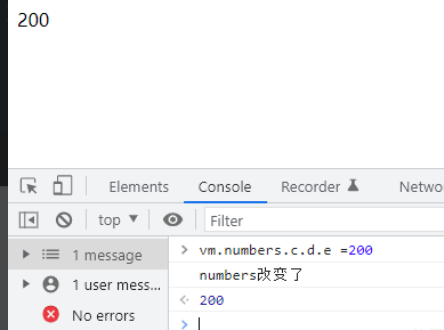
2.4简写
如果监视属性除了handler没有其他配置项的话,可以进行简写
<div id="root">
<h3>今天天气很{{ info }}</h3>
<button @click="changeWeather">切换天气</button>
</div>
<script type="text/javascript">
Vue.config.productionTip = false
const vm = new Vue({
el: '#root',
data: {isHot: true,},
computed: {info() {return this.isHot ? '炎热' : '凉爽'}},
methods: {changeWeather() {this.isHot = !this.isHot}},
watch: {
//简写
isHot(newValue, oldValue) {
console.log('isHot被修改了', newValue, oldValue)
}
}
})
//简写
// vm.$watch('isHot', (newValue, oldValue) => {
// console.log('isHot被修改了', newValue, oldValue, this)
// })
</script>
监视到
isHot改变会自动调用handler方法
2.5computed和watch之间的区别
- computed能完成的功能,watch都可以完成
- watch能完成的功能,computed不一定能完成,例如:watch可以进行异步操作
两个重要的小原则:
1.所被Vue管理的函数,最好写成普通函数,这样this的指向才是vm 或 组件实例对象
2.所有不被Vue所管理的函数(定时器的回调函数、ajax的回调函数等、Promise的回调函数),最好写成箭头函数,这样this的指向才是vm 或 组件实例对象
比如想延迟一秒显示
fullName,只能用watch实现
new Vue({
el:'#root',
data:{
firstName:'张',
lastName:'三',
fullName:'张-三'
},
watch:{
firstName(val){
setTimeout(()=>{
this.fullName = val + '-' + this.lastName
},1000);
},
lastName(val){
this.fullName = this.firstName + '-' + val
}
}
})
